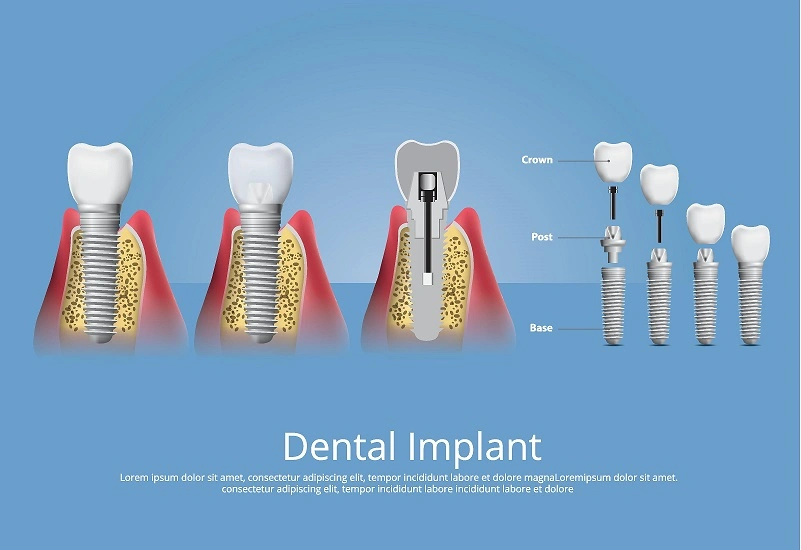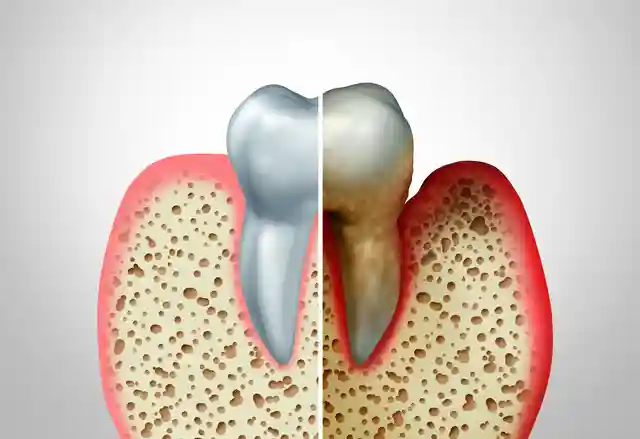The dental implants process is a sophisticated and effective method for replacing missing teeth. This article will provide an in-depth look at the various stages involved in getting dental implants, from initial consultation to final restoration.
Initial Consultation and Treatment Planning
The dental implants process begins with a thorough consultation and examination. During this stage, your dentist will:
- Evaluate your oral health
- Take X-rays and possibly 3D scans of your jaw
- Discuss your medical history
- Create a customized treatment plan
This initial phase is crucial for determining if you’re a suitable candidate for implants and for planning the most effective approach to your treatment.
Preparatory Procedures
In some cases, preparatory procedures may be necessary before the actual implant placement. These can include:
- Tooth extraction: If you have a damaged tooth that needs replacing
- Bone grafting: To ensure there’s sufficient bone density to support the implant
- Treatment of gum disease: To ensure a healthy foundation for the implant
These procedures are integral parts of the dental implants process for many patients and may extend the overall treatment timeline.
Implant Placement Surgery
The next major step in the dental implants process is the surgical placement of the implant. This procedure involves:
- Administering local anesthesia or sedation for patient comfort
- Making an incision in the gum to expose the jawbone
- Drilling a precise hole in the bone
- Inserting the titanium implant post into the bone
This surgery is typically an outpatient procedure, meaning you can go home the same day.
Osseointegration Period
Following implant placement, a crucial phase of the dental implants process begins: osseointegration. This is where the implant fuses with the surrounding bone tissue, creating a stable foundation for the artificial tooth. This process typically takes 3-6 months, during which you may wear a temporary restoration.
Abutment Placement
Once osseointegration is complete, the next step in the dental implants process is the placement of the abutment. This is a small connector piece that attaches to the implant and protrudes above the gum line. The abutment placement usually requires a minor surgical procedure.
Creating and Attaching the Prosthetic Tooth
The final stage of this process, involves creating and attaching the prosthetic tooth (crown). Your dentist will:
- Take impressions of your mouth
- Create a custom-made crown to match your natural teeth
- Attach the crown to the abutment
This step completes the visible part of your dental implant, restoring both function and aesthetics to your smile.
Follow-up Care and Maintenance
While the attachment of the crown marks the end of the active dental implants process, ongoing care is essential for the longevity of your implant. This includes:
- Regular dental check-ups
- Proper oral hygiene practices
- Avoiding habits that could damage the implant, such as smoking or grinding teeth
Potential Complications and How They’re Addressed
Like any medical procedure, the dental implants process can sometimes involve complications. These may include:
- Infection at the implant site
- Implant failure due to poor osseointegration
- Nerve damage
Your dentist will monitor for these issues throughout the process and address them promptly if they arise.
The Timeline of the Dental Implants Process
The entire dental implants process typically takes between 3 to 9 months, depending on individual factors such as:
- Need for preparatory procedures
- Rate of healing and osseointegration
- Complexity of the case
Your dentist will provide you with a more precise timeline based on your specific situation.
Conclusion
The dental implants process is a multi-stage journey that requires patience and commitment. However, the end result – a natural-looking, functional, and long-lasting tooth replacement – is well worth the investment of time and effort. By understanding each step of the process, you can approach your dental implant treatment with confidence and realistic expectations.




